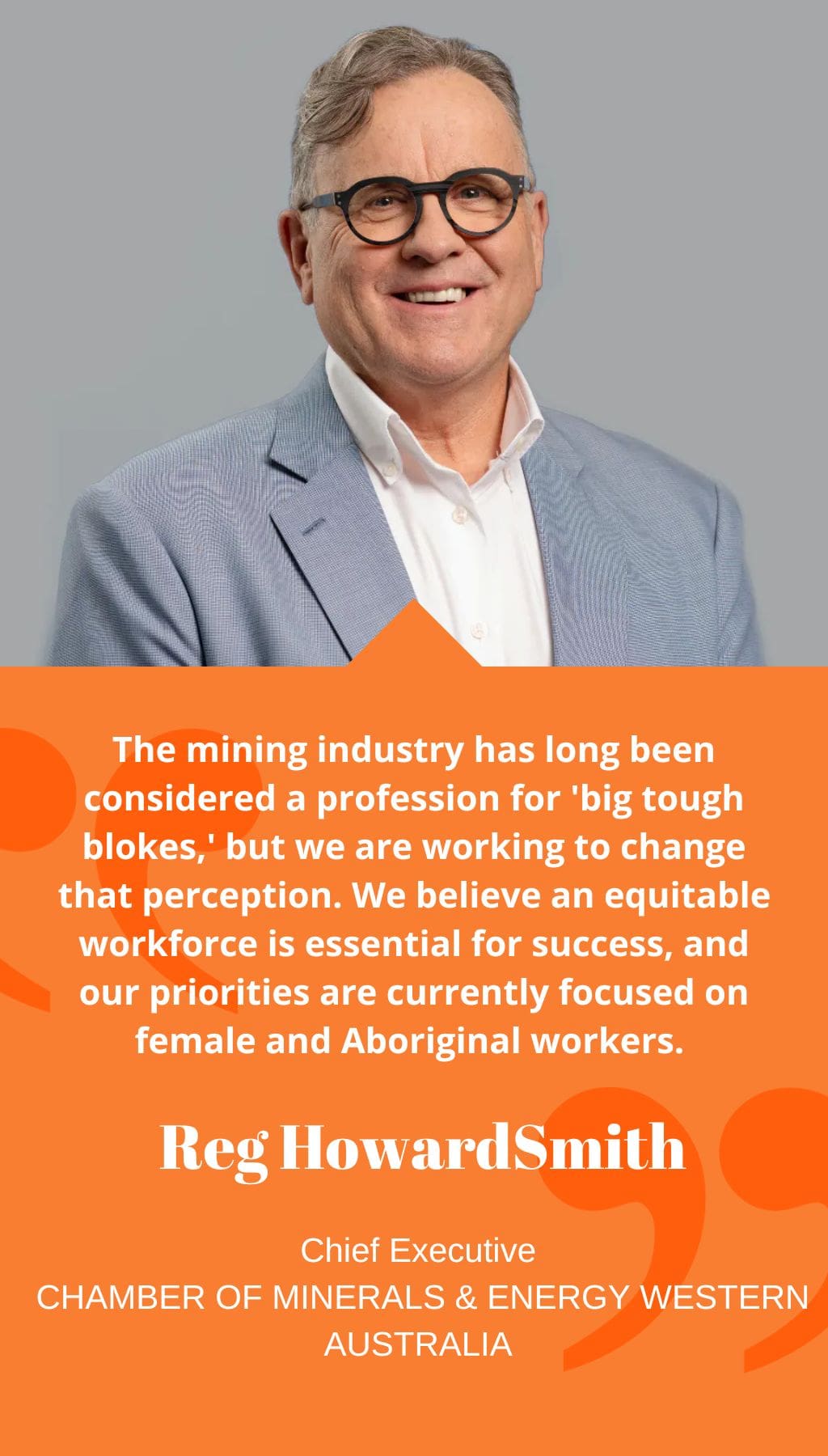
- Australia | 20 March 2017

What are the immediate priorities for CME in the mining sector?
Our most pressing priority at the moment is the National Party’s mining tax proposal, which is likely to affect BHP and Rio Tinto. The potential implications of this proposal are significant and could cause concerns not just in Australia, but also internationally. We are known for being a low-risk investment destination, and any unilateral changes to tax policy could negatively impact investment funds. This could be especially problematic for smaller and mid-cap companies that rely on international financing. If funds dry up, it could have a ripple effect throughout the sector, leading to broader concerns about sovereign risk.
Given the rise in iron-ore prices, can we still expect to see diversification towards other minerals like lithium, uranium, and mineral sands in Western Australia?
Lithium is a strong focus for us given our expertise in mining and exporting it for the last 25 years. We have one of the largest lithium mines in the world, and new lithium operations are emerging. We also anticipate at least one more lithium processing plant being built in Western Australia. While there are challenges in the mineral sands industry, we have been mining it for over sixty years, and it remains an environmentally friendly option that we hope to continue for years to come. We are also starting to see movement in the rare earths sector, with Northern Minerals building a pilot plant.
With an increase in nuclear power plants being constructed worldwide, how do you expect this to impact the demand for uranium?
As the world moves towards reducing carbon footprints, we expect to see an increase in nuclear power plants, and thus, an increase in demand for uranium, despite the current challenges in the industry.
How is CME contributing to technological innovation in the industry, specifically in automation?
Automation is a critical aspect of maintaining a competitive advantage in the mining industry, and we are continuously looking for ways to improve in this area. We see the most significant advances in automation in areas like shipping, rail, and logistics. We strive to eliminate unsafe jobs and take human factors out of the equation where there is potential risk. Safety is a top priority, and we are seeing more wireless and remote operations emerge. While automation may result in decreased employment numbers over time, we believe it will mostly change jobs rather than eliminate them completely. People will need to maintain and control trucks with a higher skill level, which will lead to growth in that area.
How is CME promoting an equitable workforce within the mining industry?
The mining industry has long been considered a profession for ‘big tough blokes,’ but we are working to change that perception. We believe an equitable workforce is essential for success, and our priorities are currently focused on female and Aboriginal workers. CME is actively promoting gender equity within the sector, and Western Australia has one of the highest percentages of women in the mining and oil and gas workforces globally, with about 20% of the industry made up of women. We strive to create an environment that encourages women to join the industry and host events that promote gender diversity. We are also committed to employing more Aboriginal Australians, and many of our projects are located on traditional lands, making engagement with Aboriginal people a top priority. We respect the land access of these people, who have lived on these lands for thousands of years, and have made significant progress in employing Aboriginal Australians in middle and senior management positions within the industry. However, there is still much work to be done to achieve true equity within the mining sector.














